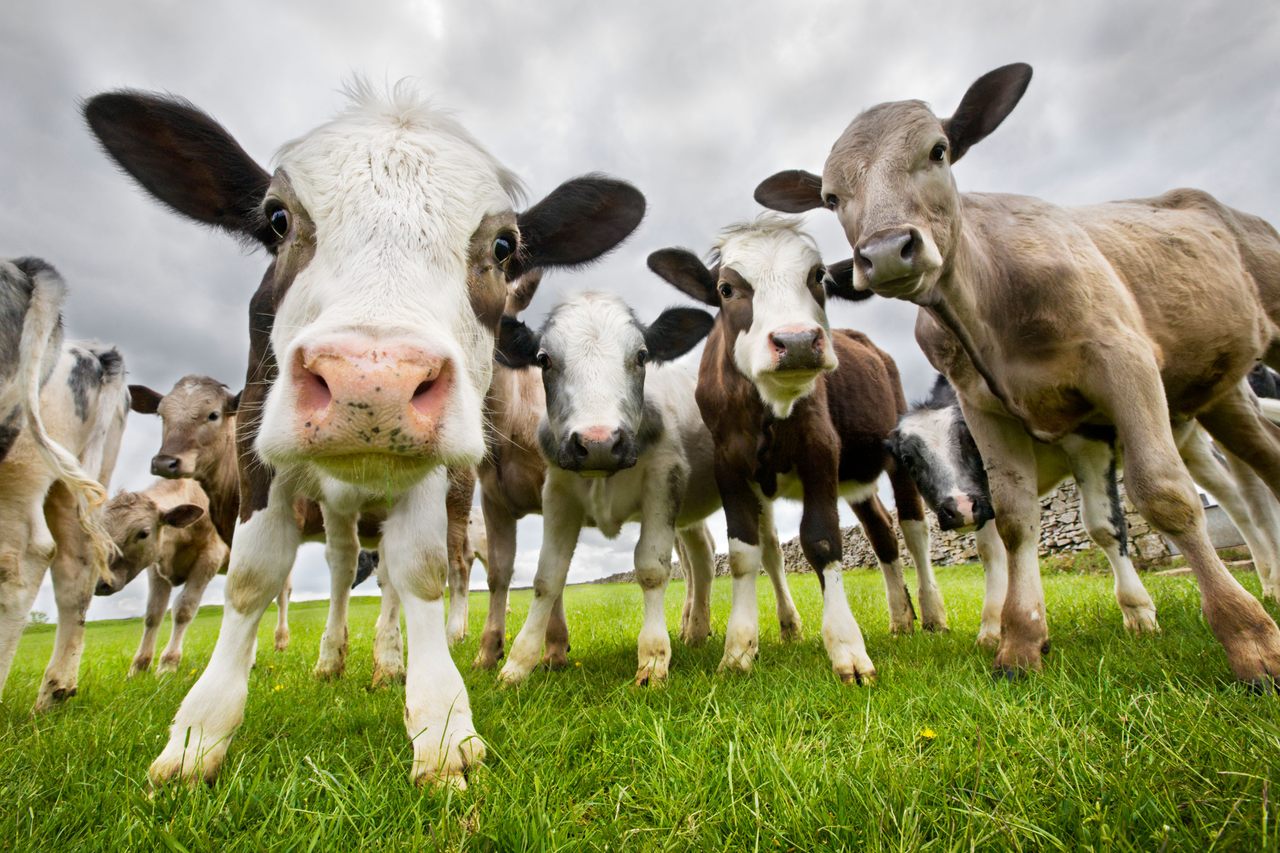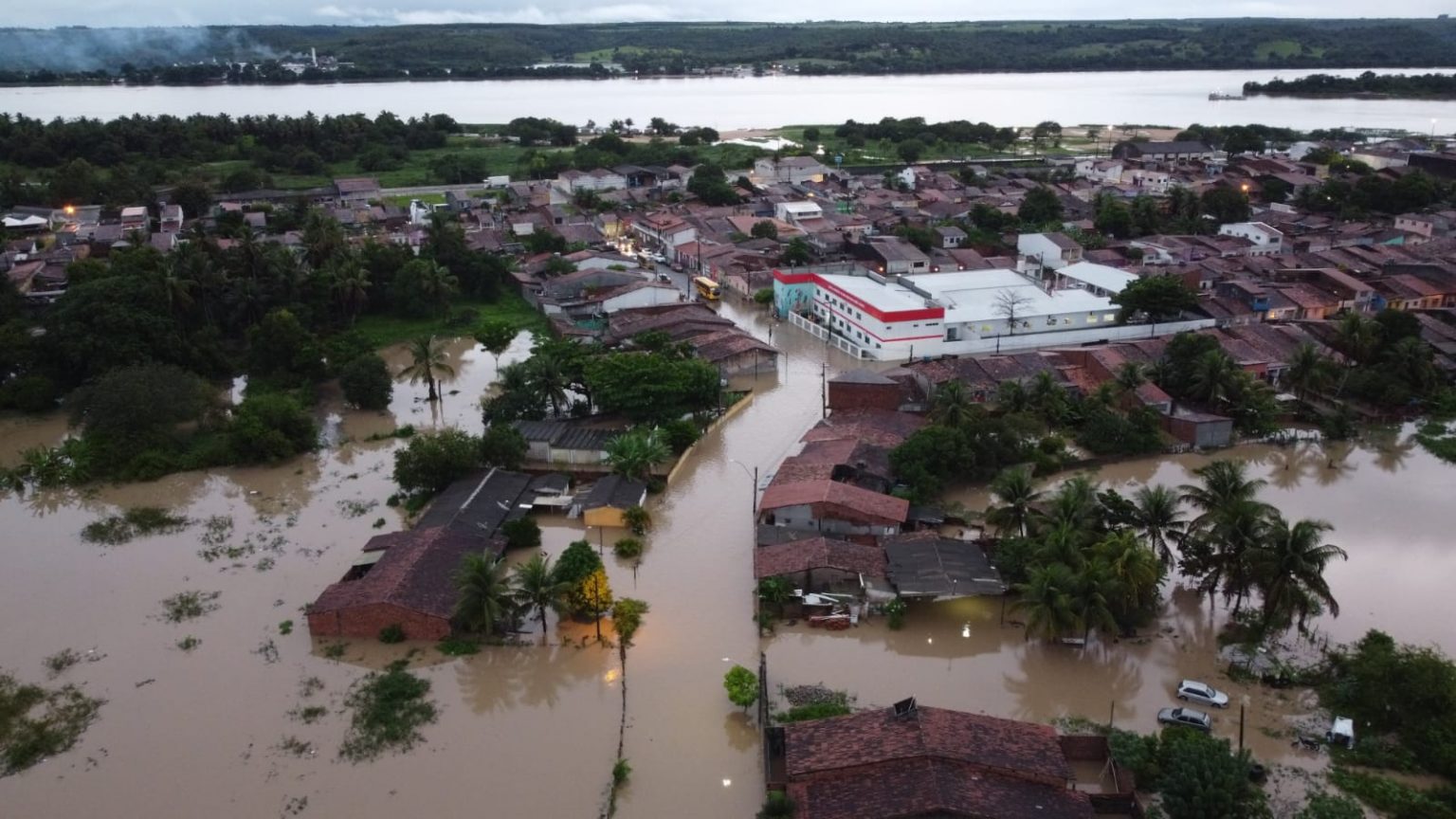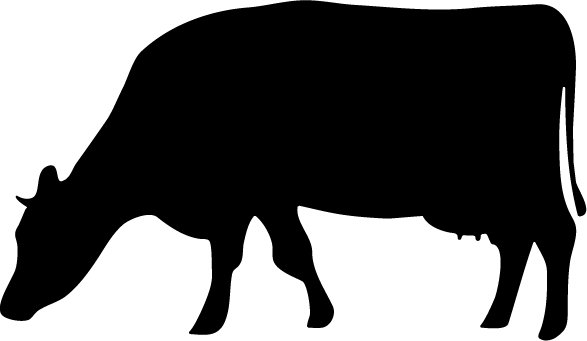Why is methane terrible?
Methane is a powerful greenhouse gas (GHG). It warms the planet 86 times more quickly than carbon dioxide*. Methane emissions have produced nearly half of the observed 1.1 degrees Celsius in warming since 1850. In South America:
Not to mention methane kills. Methane creates so much pollution that it contributes to half a million premature deaths every year. The smog causes respiratory illness, increases the risk of heart disease, and contributes to asthma attacks.
*over a 20-year period
The good news: we have solutions - and lots of them
South Americans can quickly and effectively reduce methane emissions while improving people's lives. Read on to learn more about the methane challenge and how to solve it.
To learn more about specific countries, visit the CH4 Pathways Explorer
How did it get so bad?
Methane has long been underestimated by global carbon accounting systems, which measures all greenhouse gasses in terms of how they compare to carbon dioxide. This system made methane appear less potent than it is—and policymakers overlooked it for years.
Meanwhile, methane emissions continued to rise. When cows worldwide burp. When communities use natural gas to heat buildings. When businesses threw leftover food in the trash. When farmers burned crop residue. When natural gas leaks from pipes.…The list goes on.

Now, methane is finally getting the attention it deserves.
Over 100 countries pledged to cut methane emissions by 30% at the UN climate conference (COP26) in Glasgow in 2021. People worldwide are recognizing that quickly reducing methane is the best way to slow down global warming.
Argentina, Brazil, Chile, Colombia, Ecuador, Guyana, Peru, Suriname, and Uruguay have signed on to the Global Methane Pledge.

"Methane emissions have produced nearly half of the observed 1.1c in warming since 1850"
What's going on in South America
Methane is emitted by three main sectors: agriculture, waste and energy. In South America, the largest emission source is agriculture, with a share of 74% of emissions. Waste is the second largest source, at 19%, and the energy sector contributes 7% of emissions.
Sources of methane (CH4) emissions in South America
Agriculture
 0%
0% 0%
0%Rice cultivation
0%Burning agricultural waste
0%Energy
Burning fuels
Waste
Organic matter rotting
Treatment and decomposition of wastewater
How we can solve the problem
We have many scalable, cost-effective solutions that can cut methane emissions now.
And South American policymakers and citizens can play a critical role in implementing them, working with and pressuring large emitters — like the oil and gas industry, the agricultural industry, and landfills — to slash their methane emissions.
Best of all? These solutions are cost-effective and we have the technology to implement them right away.